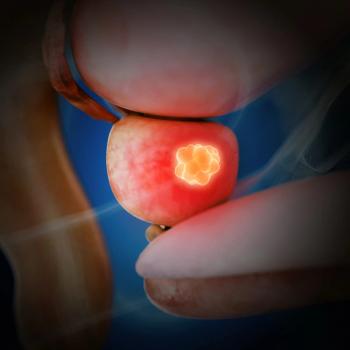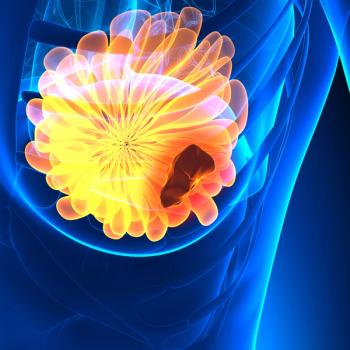
Robert J. Motzer, MD, on the Rationale for the Phase 3 CheckMate 9ER Trial in Advanced RCC
In the CheckMate 9ER trial, investigators compared combination treatment with nivolumab and cabozantinib versus sunitinib in patients with previously treated advanced renal cell carcinoma.
Compared with sunitinib (Sutent), combination treatment with nivolumab and cabozantinib demonstrated improved efficacy and prolonged survival among patients with previously treated advanced renal cell carcinoma (aRCC), regardless of sarcomatoid status, according to results from the phase 3 CheckMate 9ER trial (NCT03141177) presented at the American Society of Clinical Oncology (ASCO) 2021 Genitourinary Cancers Symposium.
In this open-label trial, adults with confirmed aRCC with a clear cell component, including those with sarcomatoid features (sRCC), were randomized 1:1 to receive either nivolumab plus cabozantinib or sunitinib. The primary end point was RECIST v1.1-defined progression-free survival by blinded independent central review (BICR) in all randomized patients; secondary end points included overall survival, objective response rate by BICR, and safety.
Overall, 75 patients (11.5%) had sRCC and 557 (85.6%) did not; sRCC status was not reported in 19 patients (2.9%). In total, 34 patients with sRCC received nivolumab and cabozantinib and 41 received sunitinib.
In an interview with CancerNetwork®, Robert J. Motzer, MD, a medical oncologist at Memorial Sloan Kettering Cancer Center, discussed the rationale for this study and what he believes these study results indicate.
Transcription:
Clear cell RCC is the most common type of kidney cancer. It comprises between 80% and 90% of diagnosed cases. It’s comprised of a gene that’s mutated, the VHL gene, and the VHL gene is one of the major driving factors of RCC. The VHL gene downstream has been the target for VEGF inhibitors. It also is involved, in some ways, in preparing the immune environment around the tumor. And so, it has been the target for the VEGF inhibitors plus the [immuno-oncology; IO] therapies.
In the study, among clear cell tumors, those patients that have sarcomatoid features, which means that the tumor looks particularly nasty under the microscope, have always been considered the most difficult to treat and are associated with inferior prognosis; it’s a feared tumor type in clear cell RCC. And what we’re finding is with these immunotherapies and these combinations, although the prognosis remains somewhat guarded, the relative benefit in sarcomatoid [disease] with the addition of an IO therapy seems to be the highest. It seems that it is, in certain respects, the cell phenotype that these PD-1 inhibitors seem to work best in, actually, and we’re beginning to look at the underlying biology. There appears to be almost what we call an inflammatory subtype—which is a very inflamed, nasty cell type that looks like sarcomatoid features—and it seems like it gives the immune system more to go after in an attack.
…The sarcomatoid-feature tumors comprise a minority of tumors, but this subgroup analysis as well as some of the others in conglomerate show that we’ve made a lot of headway in what had been considered…the worst subtype of this disease.
Reference:
Motzer RJ, Choueiri TK, Powles T, et al. Nivolumab + cabozantinib (NIVO+CABO) versus sunitinib (SUN) for advanced renal cell carcinoma (aRCC): Outcomes by sarcomatoid histology and updated trial results with extended follow-up of CheckMate 9ER. J Clin Oncol. 2021;39(suppl 6):308. doi: 10.1200/JCO.2021.39.6_suppl.308
Newsletter
Stay up to date on recent advances in the multidisciplinary approach to cancer.





















































































